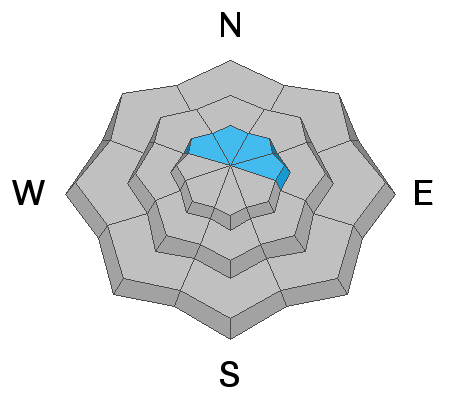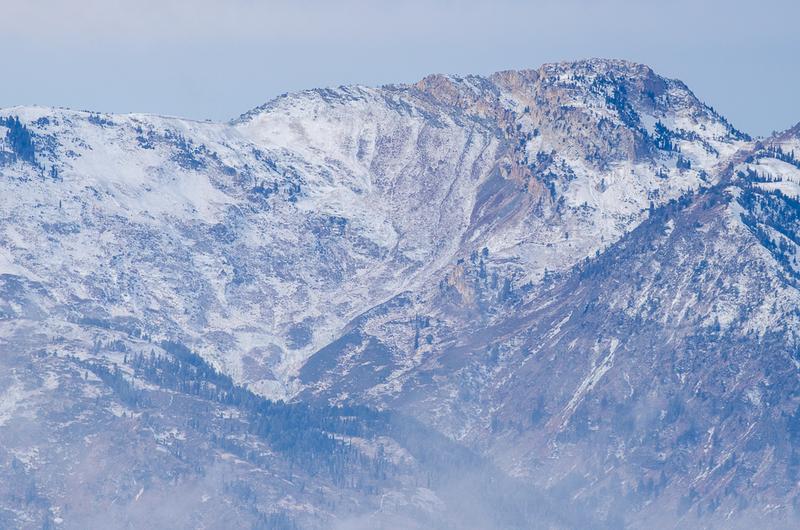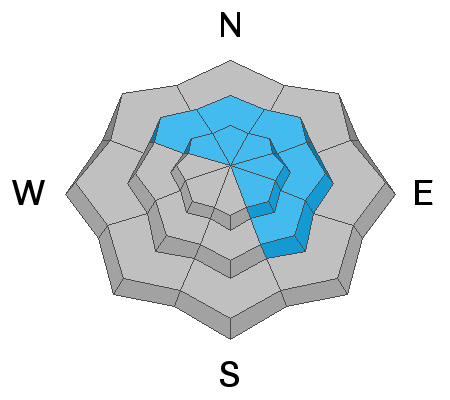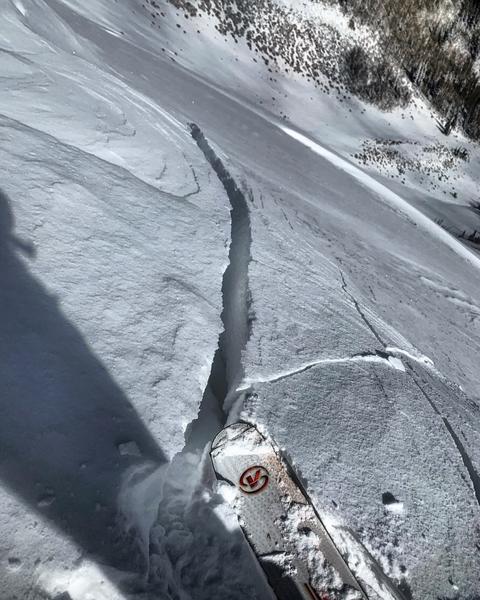Forecast for the Ogden Area Mountains

Issued by Greg Gagne on
Friday morning, November 29, 2019
Friday morning, November 29, 2019
The avalanche hazard is HIGH on upper elevations facing northwest through east where avalanches may fail on a weak layer of snow down at the ground. At the mid-elevations, the hazard is CONSIDERABLE on aspects facing northwest, through northeast and southeast. At low elevations the hazard is Moderate.
South winds have likely created fresh wind drifts at the mid and upper elevations, with heavy, dense snow at all elevations. Travel in avalanche terrain is not recommended - avoid being on and underneath any slopes steeper than 30 degrees.
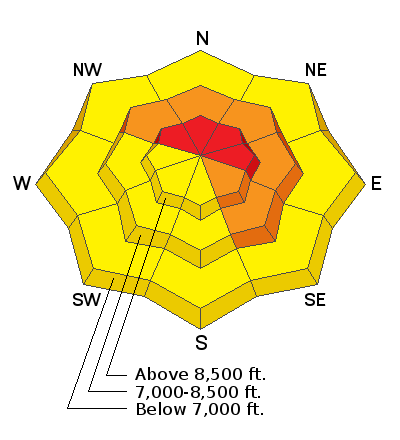
Low
Moderate
Considerable
High
Extreme
Learn how to read the forecast here


